11313
0
Buying a Better Stock: Netflix or Amazon?
Buying a Better Stock: Netflix or Amazon?
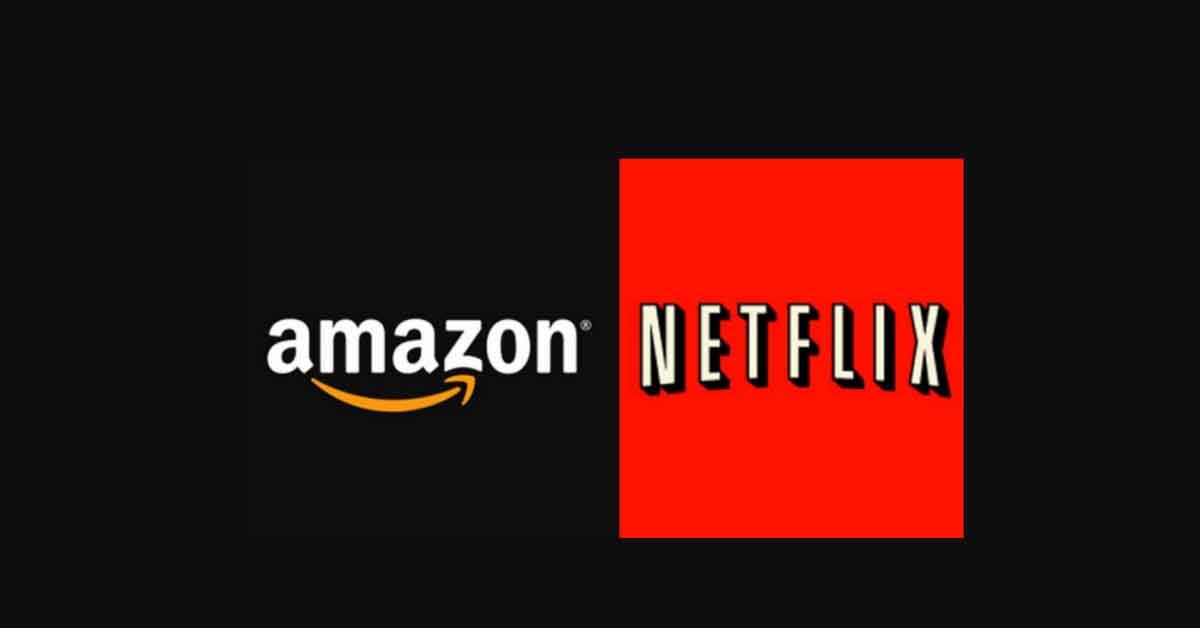
Yazar: Zack Smith
Yayınlanma: 20 Kasım 2020 11:06
Güncellenme: 18 Nisan 2024 20:43
Buying a Better Stock: Netflix or Amazon?
Both of these tech organizations have a history of bringing in to their shareholders.
Amazon (NASDAQ: AMZN) and Netflix (NASDAQ: NFLX) have made enormous stock gains for years. The year 2020 was no exception. The online retail giant (Amazon) has grown 76 percent to date, and its media services provider (Netflix) has increased 52 percent. For comparison, the S&P 500's total return (including dividends) through November 4 was 8.2%. So that you can compare how extraordinary these growth rates are; The S&P 500's total return (including dividends) through November 4 was 8.2 percent.
Linking the gains of tech companies to the impact of the COVID-19 pandemic would be a shallow perspective. They were providing valuable services to people as they took refuge in their homes in a shaken world. However, this explanation is not enough to explain them. Both companies had disrupted their industries long before people's lives were interrupted. Under the guidance of their founding leaders, they were already well positioned as a result of years of innovation.
 If you could currently invest in just one of these stocks, which one would be the better option?
Leadership Qualification
If there was a hall of fame for CEOs, Amazon's Jeff Bezos and Netflix's Reed Hastings would definitely have their names up there.
Amazon has evolved from "the world's largest bookstore" to an online retail store that sells almost everything. And the most profitable part of the company is no longer e-commerce Web services. The growth of the company was unexpectedly surprising. In 1999, Amazon's total sales were $ 1.64 billion. Up to 2019, annual sales totaled $ 280.5 billion - that's a compound annual growth rate of 29 percent.
Hastings pushed Netflix into the business of streaming video by risking a risky revision of its DVD rental service operation via a DVD-mail with 6.3 million subscribers at the end of 2006.
This disbanding the inherited operation also worked for it. Today, Netflix is approaching 200 million subscribers. Netflix's annual revenue increased from $ 1.34 billion when it went public in 2002 to $ 20.1 billion in 2019 - a compound annual growth rate of 17 percent.
Bezos and Hastings' interests are aligned with the interests of their shareholders through share ownership. Although Bezos has recently sold out of his own share, he still owns approximately $ 173 billion in Amazon shares. Hastings owns $ 2.5 billion worth of Netflix shares.
Winner: Draw
Current Performances
Both companies recently published strong third-quarter earnings reports. Here's how they behave in some basic metrics:
If you could currently invest in just one of these stocks, which one would be the better option?
Leadership Qualification
If there was a hall of fame for CEOs, Amazon's Jeff Bezos and Netflix's Reed Hastings would definitely have their names up there.
Amazon has evolved from "the world's largest bookstore" to an online retail store that sells almost everything. And the most profitable part of the company is no longer e-commerce Web services. The growth of the company was unexpectedly surprising. In 1999, Amazon's total sales were $ 1.64 billion. Up to 2019, annual sales totaled $ 280.5 billion - that's a compound annual growth rate of 29 percent.
Hastings pushed Netflix into the business of streaming video by risking a risky revision of its DVD rental service operation via a DVD-mail with 6.3 million subscribers at the end of 2006.
This disbanding the inherited operation also worked for it. Today, Netflix is approaching 200 million subscribers. Netflix's annual revenue increased from $ 1.34 billion when it went public in 2002 to $ 20.1 billion in 2019 - a compound annual growth rate of 17 percent.
Bezos and Hastings' interests are aligned with the interests of their shareholders through share ownership. Although Bezos has recently sold out of his own share, he still owns approximately $ 173 billion in Amazon shares. Hastings owns $ 2.5 billion worth of Netflix shares.
Winner: Draw
Current Performances
Both companies recently published strong third-quarter earnings reports. Here's how they behave in some basic metrics:
One of the most important measures to be followed here is free cash flow. Netflix's cash flow has been negative for years and has used loans ($ 15.5 billion) to support its growth. This is not a big problem now, but it is not sustainable in the long term. So it was a good sign to see the company positive cash flow for three consecutive quarters this year. Management expects the numbers to return to negative territory in 2021, but they also say there are plans to return positively to free cash flow in the coming years.
Amazon invests to grow its business based on habits and generates huge amounts of free cash flow.
Amazon spent $ 25.3 billion this year on property, factory and equipment expenses and invested heavily in delivery operations (warehouses and transportation). These investments help keep their customers happy and maintain competitive pressure.
Advantage: Amazon
How do they profit?
Online sales make up most of Amazon's revenue, while the cloud computing business Amazon Web Services; It generated 62 percent of the company's total operating profit in the first nine months of 2020. Additionally, online advertising services are growing rapidly. Ad revenue was one of the company's primary sources of sales, up 45 percent from the same period last year to $ 13.5 billion in the first nine months of the year.
Netflix earns its money from subscriptions, it can increase its revenue by adding new subscribers or increasing subscription prices. Both were done in 2020. The number of subscribers increased by 28.1 million in the first three quarters, leaving the whole year of 2019 behind. In late October, Netflix announced that it increased the price of its standard subscription by $ 1 per month to $ 13.99 and the monthly premium subscription price increased by $ 2 to 17.99. These moves will of course increase revenue, but may slow down new subscriber acquisition in a period of increased competition. Several new media services providers are now on the market since last fall, including Disney's Disney +, Apple's Apple TV +, AT & T's HBO Max, and Comcast's Peacock.
Advantage: Amazon
Buy better now!
Netflix and Amazon were big winners this year and they were priced that way.
Amazon's forward-looking F / K (Price-to-Earnings ratio) ratio is 55, while Netflix's is 56. These companies have always had premium valuations, but they have always rewarded investors who bought and held shares for long-term. Netflix has a competitive advantage in the video streaming industry, with 195 million subscribers and a large content archive that supports customer loyalty. The latest price hike was in October 2017, and the most recent price hike was the third price hike it has made since then. However, the company continued to add new subscribers. 28.6 million in 2018, 27.8 million in 2019 and 34 million this year.
This is the pricing power!
However, we think Amazon has two long-term advantages: Bezos and the company have a more diverse revenue streams and a significant amount of free cash flow that they have proven to use to drive future growth.
We currently believe Amazon is the better buy.
You may also be interested in:
iPhone 12 review: which should I buy?
 If you could currently invest in just one of these stocks, which one would be the better option?
Leadership Qualification
If there was a hall of fame for CEOs, Amazon's Jeff Bezos and Netflix's Reed Hastings would definitely have their names up there.
Amazon has evolved from "the world's largest bookstore" to an online retail store that sells almost everything. And the most profitable part of the company is no longer e-commerce Web services. The growth of the company was unexpectedly surprising. In 1999, Amazon's total sales were $ 1.64 billion. Up to 2019, annual sales totaled $ 280.5 billion - that's a compound annual growth rate of 29 percent.
Hastings pushed Netflix into the business of streaming video by risking a risky revision of its DVD rental service operation via a DVD-mail with 6.3 million subscribers at the end of 2006.
This disbanding the inherited operation also worked for it. Today, Netflix is approaching 200 million subscribers. Netflix's annual revenue increased from $ 1.34 billion when it went public in 2002 to $ 20.1 billion in 2019 - a compound annual growth rate of 17 percent.
Bezos and Hastings' interests are aligned with the interests of their shareholders through share ownership. Although Bezos has recently sold out of his own share, he still owns approximately $ 173 billion in Amazon shares. Hastings owns $ 2.5 billion worth of Netflix shares.
Winner: Draw
Current Performances
Both companies recently published strong third-quarter earnings reports. Here's how they behave in some basic metrics:
If you could currently invest in just one of these stocks, which one would be the better option?
Leadership Qualification
If there was a hall of fame for CEOs, Amazon's Jeff Bezos and Netflix's Reed Hastings would definitely have their names up there.
Amazon has evolved from "the world's largest bookstore" to an online retail store that sells almost everything. And the most profitable part of the company is no longer e-commerce Web services. The growth of the company was unexpectedly surprising. In 1999, Amazon's total sales were $ 1.64 billion. Up to 2019, annual sales totaled $ 280.5 billion - that's a compound annual growth rate of 29 percent.
Hastings pushed Netflix into the business of streaming video by risking a risky revision of its DVD rental service operation via a DVD-mail with 6.3 million subscribers at the end of 2006.
This disbanding the inherited operation also worked for it. Today, Netflix is approaching 200 million subscribers. Netflix's annual revenue increased from $ 1.34 billion when it went public in 2002 to $ 20.1 billion in 2019 - a compound annual growth rate of 17 percent.
Bezos and Hastings' interests are aligned with the interests of their shareholders through share ownership. Although Bezos has recently sold out of his own share, he still owns approximately $ 173 billion in Amazon shares. Hastings owns $ 2.5 billion worth of Netflix shares.
Winner: Draw
Current Performances
Both companies recently published strong third-quarter earnings reports. Here's how they behave in some basic metrics:
| Third Quarter | Amazon | Netflix |
| Revenue | $96.1 Billion | $6.4 Billion |
| Income change (year to year) | 37 percent | 22.7 percent |
| Operating income | $ 6.2 Billion | $ 1.3 Billion |
| Change in operating income (year to year) | 96 percent | 34 percent |
| Free cash flow (Last 12 Months) | $ 29.5 Billion | $ 536 Million |
İLGİLİ HABERLER
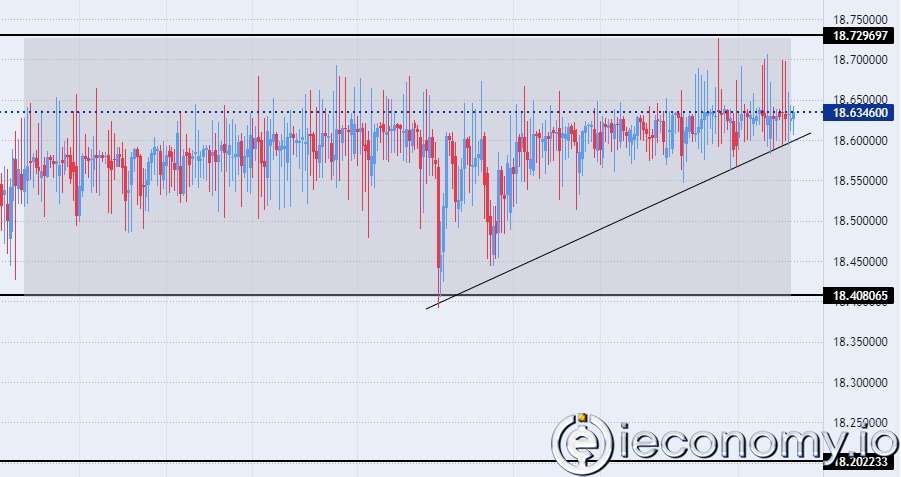
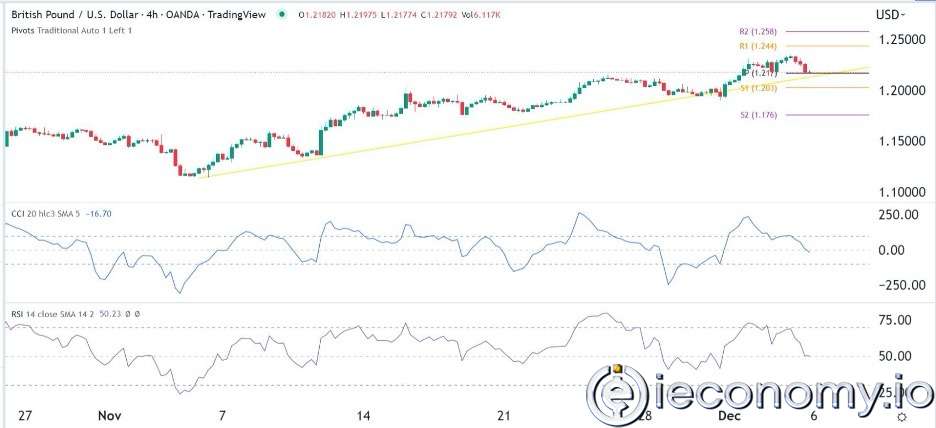
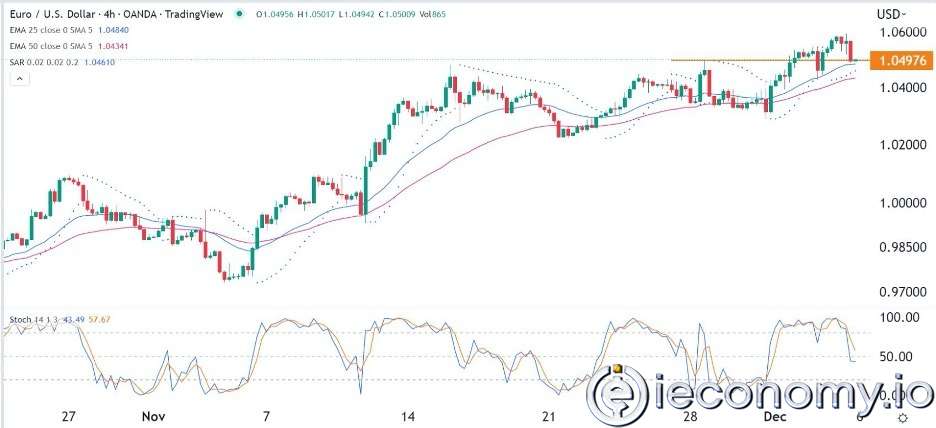
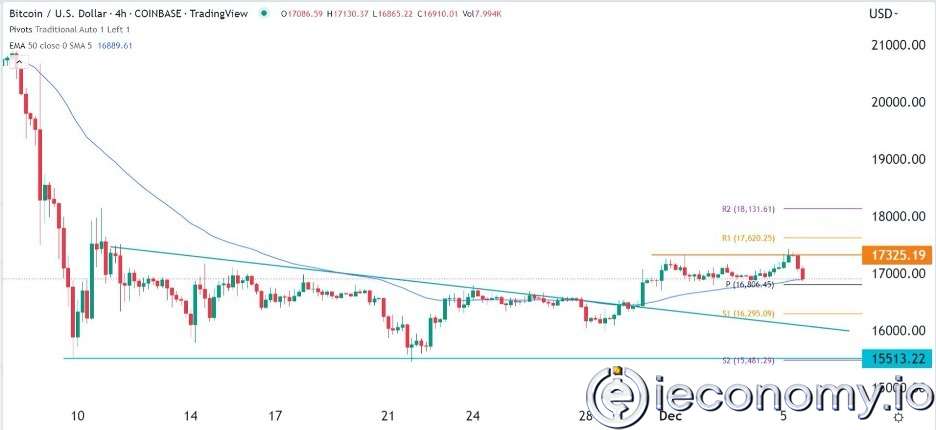

European stocks soared and focus shifted to German retail sales after Powell's speech!

Forex Signal For TRY/USD: Inflation Slowdown in November.

Forex Signal For GBP/USD: Bullish Trend Still Not Breaking While Recovery Continues.

Forex Signal For EUR/USD: Starry US Data Points to Higher Fed Increases.

Forex Signal For BTC/USD: Downside Continues as Bitcoin Recovery Moves Less.
En Popüler Haberler
Yorum Yap
Yorumlar
Henüz yorum yapan yok! İlk yorumu siz yapın...